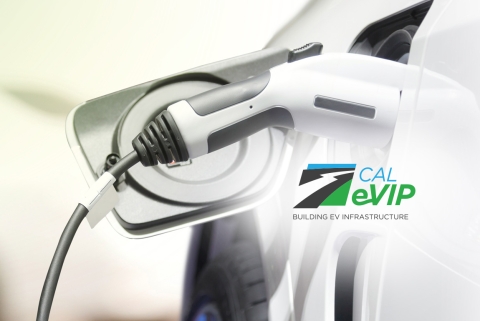The Center for Sustainable Energy (CSE) administers the largest EV infrastructure incentive program of its kind in the nation: the California Electric Vehicle Infrastructure Project (CALeVIP).
CALeVIP has funded the installation of more than 5,000 EV charging ports and has over 6,000 more in progress across the state in two projects with slightly different objectives.
Launched in 2017, CALeVIP 1.0 created regional projects to install Level 2 and direct current fast chargers (DCFC) at publicly accessible sites.
Launched in 2023, CALeVIP 2.0 focuses exclusively on DCFC installations at publicly accessible sites.
At least 50% of all CALeVIP incentives must go to chargers serving low-income, disadvantaged and tribal communities.
CALeVIP, a more than $500 million investment in EV charging, is funded by the California Energy Commission, with additional contributions from county air districts, community choice aggregators and other organizations that CSE recruited.
“CSE’s work on the California Electric Vehicle Infrastructure Project (CALeVIP) is enabling more of our customers to enjoy the benefits of electric vehicles through incentives for installing publicly available charging. We value CSE’s deep expertise and data-driven approach to decarbonization."
Kathleen Hughes, Senior Division Manager, Silicon Valley Power

California Electric Vehicle Infrastructure Project Impacts
Over 5,000 EV charging ports installed
Over 6,000 EV charging ports in progress
Program at a Glance
Program Goals
Improve air quality and reduce greenhouse gas emissions in California by increasing EV adoption through expanding charging networks
CSE's Role
Deploy EV charging effectively, efficiently and equitably by issuing incentives to qualified program applicants
Technologies
Key Partners
California Energy Commission, Fuels and Transportation Division
State Policies Supported
California ZEV Action Plan, Clean Transportation Program
Impact Statement
Expand publicly available EV chargers to support the state goal of phasing out the sale of new gasoline-powered passenger vehicles by 2035 to reduce emissions that harm the environment and human health

